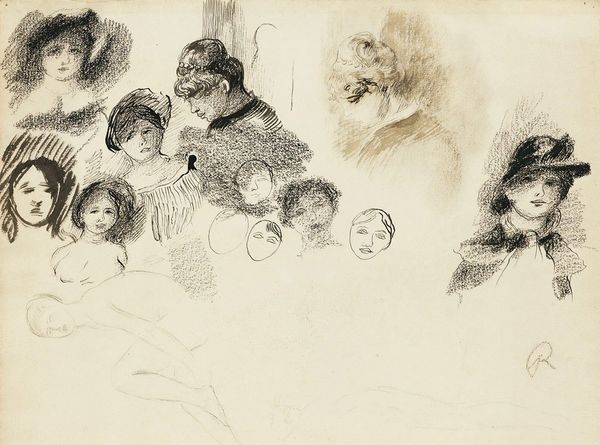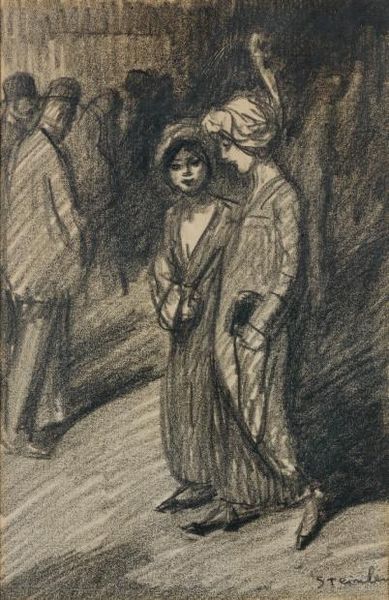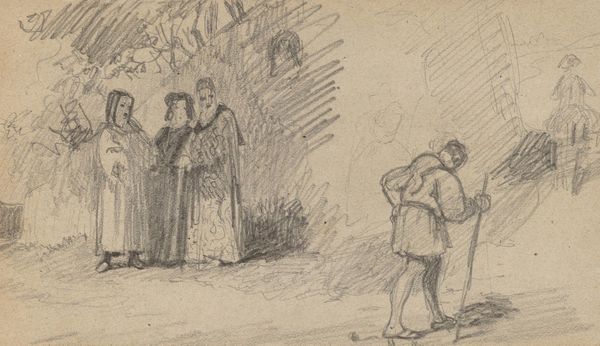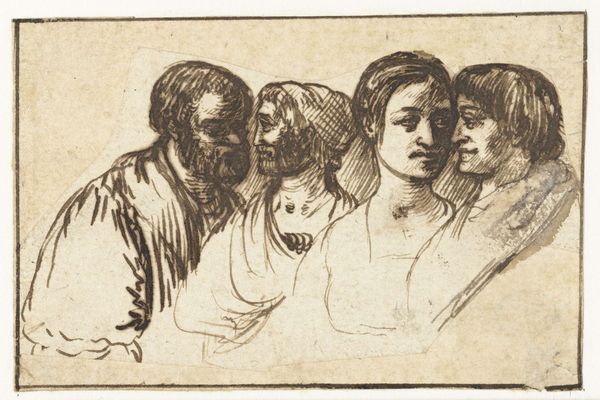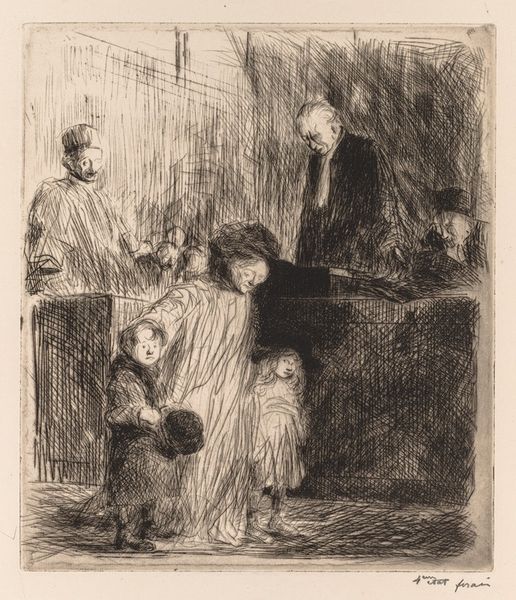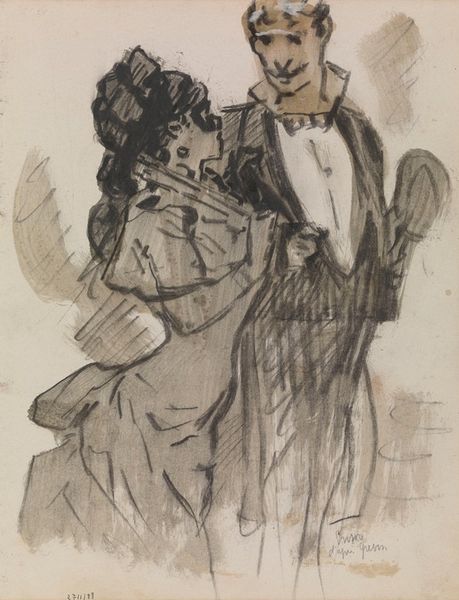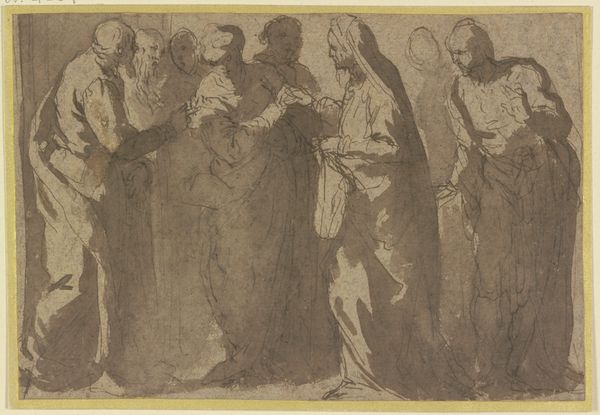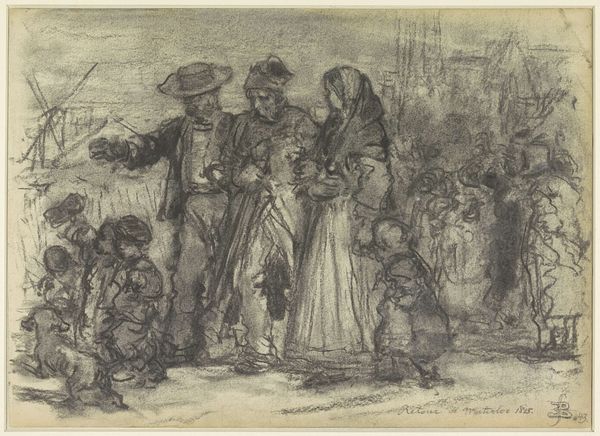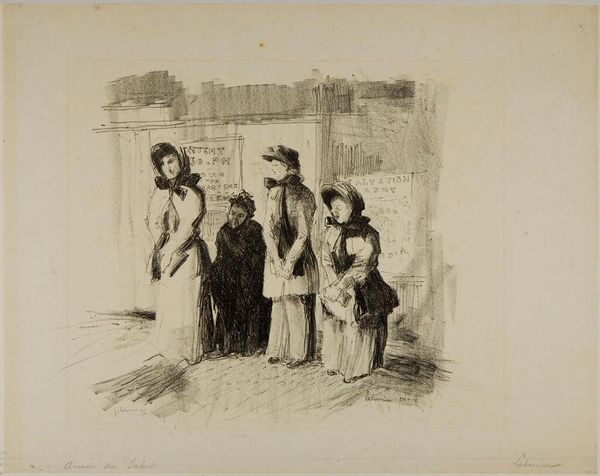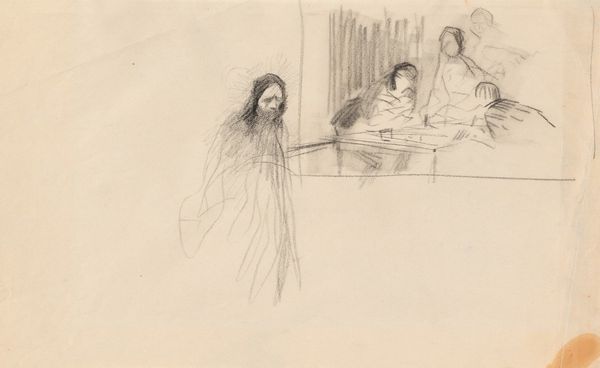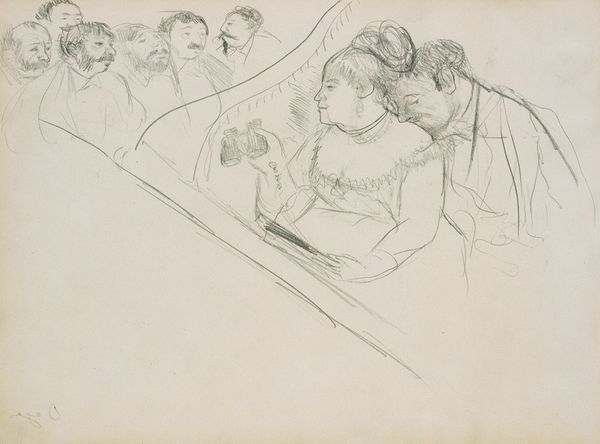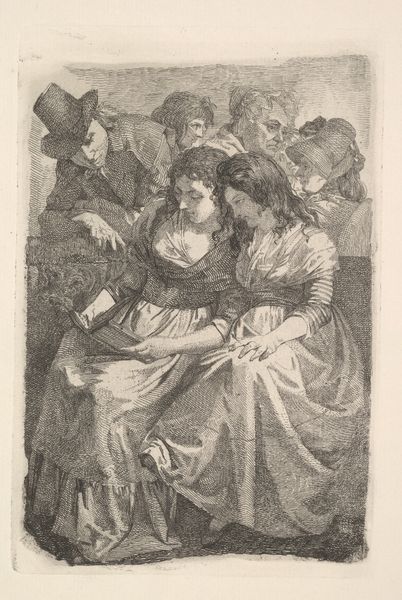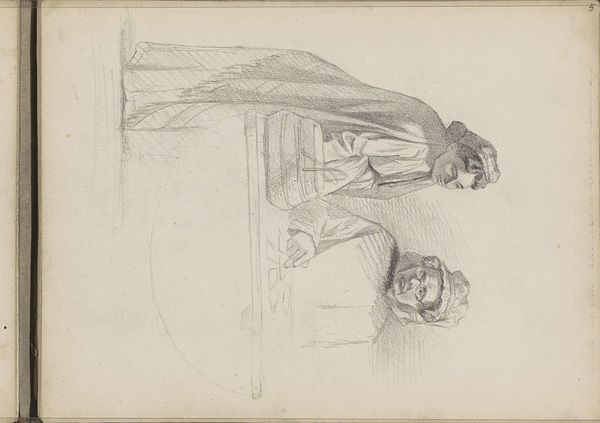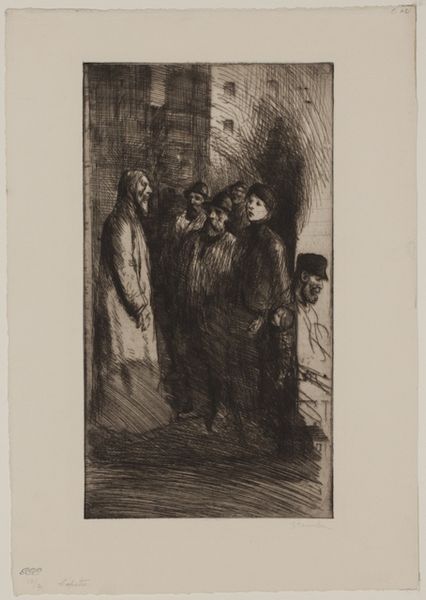
painting, oil-paint
#
portrait
#
figurative
#
painting
#
oil-paint
#
group-portraits
#
romanticism
Copyright: Public Domain: Artvee
Editor: Friedrich von Amerling's "Count Majláth with Family," painted in 1832 using oil paints, has this unfinished quality, like a memory fading at the edges. The muted colors and almost ghostly figures evoke a sense of transient nobility. What strikes you about this group portrait? Curator: The appeal for me lies in the painting’s raw materiality. Consider the pigment – likely sourced, ground, and mixed by workshop laborers. Think about the canvas preparation and the layers of oil built up to achieve the final image. These choices of medium and support reveal the financial and social standing of the Majláth family, enabling them to participate in and commission such portraiture. Editor: So, the *materials* themselves speak to their status? It's not just the depiction of the family, but the cost of depicting them that's significant. Curator: Precisely. The Romantics often focused on the individual and the emotional, but looking through a materialist lens allows us to consider the infrastructure that made such personal expression possible. What resources were extracted, what labor was utilized to create the aesthetic that’s presented here? Note the very deliberate choice to leave it *un*finished; what effect do you think that has on its value? Editor: That’s interesting. I had initially seen the unfinished parts as flaws, but maybe they actually add to its significance as an artifact. Curator: Yes. We could analyze how that stylistic decision and the resulting valuation further distinguishes elite portraiture from the ‘everyday’ images crafted from cheaper material that might reach the rising merchant classes during that time. It’s about control over the *means* of representation as well as its content. Editor: I've never thought about portraiture like that, looking beyond just who is in the image to the materials and labor that went into its creation and consumption. It definitely gives me a richer appreciation for its role in that society.
Comments
No comments
Be the first to comment and join the conversation on the ultimate creative platform.
